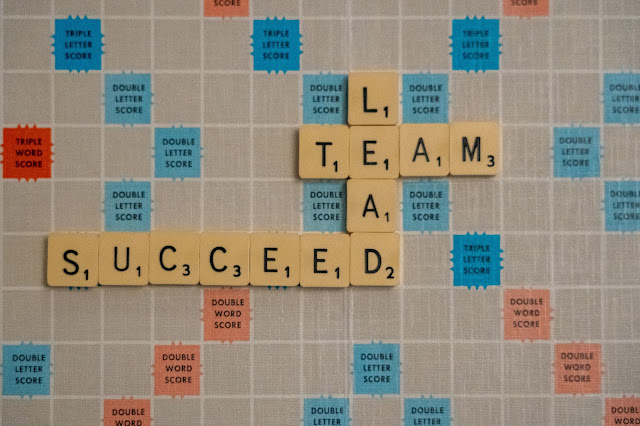Communicating Paid Time Off and Coverage Plans

As an engineering manager, I often ask people to take at least a week off every quarter depending on the PTO (Paid Time Off) policy at their workplace. This comes up to 4 weeks or 20 business days in a workplace with unlimited PTO which is pretty good for US-based companies, where the standard is usually 2 weeks or 10 business days of PTO. It’s also important to me to communicate to my teammates and people across the organization that I will be out of office and they can reach out to others in that situation. “How we vacation” is a section that I like to add in my Team Charter which is a document that contains all the rules of engagement on a team - how we do retrospectives and team meetings, how often we meet, how we take time off, how we track metrics, our scope of work, and so on. 🌴 Paid Time Off Here are some of the places I update at my workplace if I am going to be out on vacation for a few days: Slack status Company Time Off calendar My work calendar My Google workspace o...

